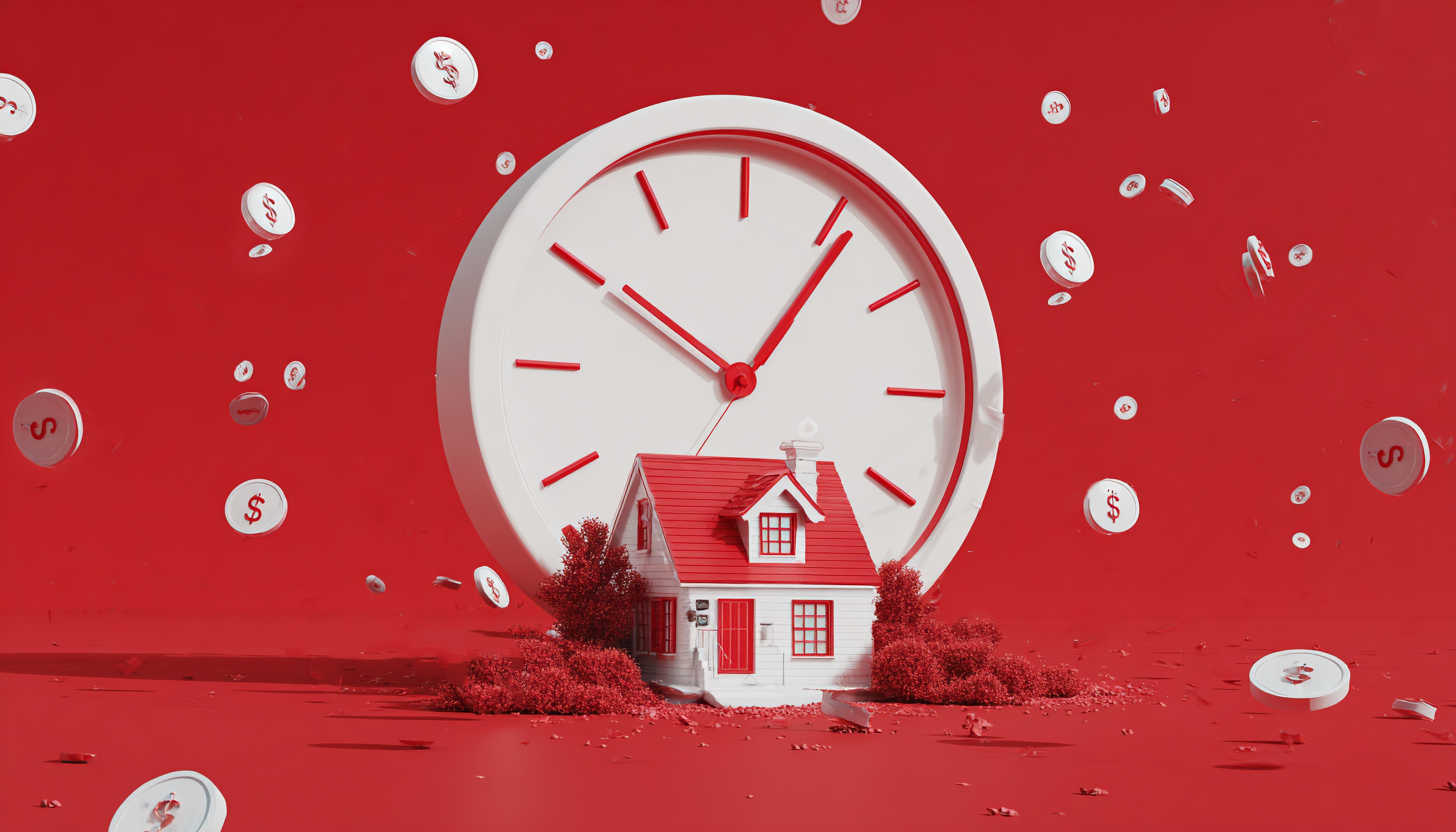
If you are not redirected within 30 seconds, please click here to continue.
Samedi: 10h – 16h HAE

If you are not redirected within 30 seconds, please click here to continue.
If you are not redirected within 30 seconds, please click here to continue.
Meet the Purchase Plus Improvements Mortgage

Table of Contents
When you buy resale, it’s someone else’s home. You understandably want to make it your own.
But how do you renovate when you just blew all your cash on a down payment? Here’s one way.
It’s called a Purchase Plus Improvements (PPI) mortgage, and it's available from most mainstream lenders.
PPI financing lets eligible default-insured buyers tack on up to $40,000 (or 10% of the purchase price) to their mortgage to cover renovation projects.
For uninsured mortgages, homebuyers can borrow 10% to 20% of the purchase price, sometimes more depending on the lender.
The money can be spent on anything from updating a kitchen or bathroom to finishing the basement, installing a new roof or adding a home office.
Apart from boosting your property value, PPI mortgages also have other benefits.
For one thing, rolling the cost of a home renovation into a low-rate mortgage can be a whole lot cheaper than using a Home Depot Card, for example. For just $169 a month extra on your mortgage payment (based on today’s rates), you can borrow $40,000 for improvements if you qualify.
PPI loans also simplify repayment, allowing you to focus on just your mortgage payment rather than stuffing additional debt on a credit card or personal line of credit.
And of course, the best benefit of all is that you get to live in a nicer home, sooner than you otherwise might.
How It Works
Lenders don’t want people using home improvement money on new cars, vacations and home entertainment systems. PPI mortgages force you to follow a process.
Here are the basic steps, which may vary by lender:
1) Find a home
2) Apply and get approved for a Purchase Plus Improvements mortgage
3) Get firm quotes on the improvements
4) Get an appraisal for the estimated as-is and as-improved value of the property
- Your lender or broker will order this
- The appraiser typically reviews the contractor quotes)
5) Close the purchase
6) Depending on your down payment, the lender may lend up to:
- 80% of the as-improved value, less the cost of improvements (if you’re getting an uninsured mortgage)
- 95% of the as-improved value, less the cost of improvements (if you’re getting a default-insured mortgage)
7) Start the improvements
- The balance of funds will be held by the lawyer/notary until after the lender confirms the work has been done
- You will usually have to pay a portion of the improvements upfront using your own funds (via savings, credit card, personal line of credit, parental funds, etc.)
8) Once the project is complete, you notify the lender, at which point an inspector/appraiser confirms the work has been completed to the specifications agreed by the lender
9) Once the lender verifies the inspection report, the lawyer/notary is instructed to release the funds to the borrower to pay the contractor.
Rates are based on a $300,000 mortgage.
Helpful Tips on Purchase Plus Improvements Mortgages
Some things to keep in mind:
- You must apply for the improvement funds at the time you apply for your mortgage (i.e., you can’t go back and apply for the money two months after closing your mortgage).
- Lenders allow up to 90 to 365 days to complete the improvements, so make sure you pick a lender that gives you enough time.
- Lenders often require a copy of the building contract plus a detailed breakdown of construction costs with plans, diagrams, subcontractor estimates, and so on.
- After you get the initial mortgage funds, the lender’s subsequent advance(s) to the borrower cannot exceed the original renovation quotes.
- Some lenders do not allow homebuyers to do the work themselves. Most that do will still require detailed cost estimates from third-party contractors.
- If the appraiser doesn’t believe the improvements will increase the property value dollar-for-dollar, you may have to pay some of the renovation cost out of pocket.
- Most lenders require that the home must be livable with no major deficiencies (e.g., major foundation cracks, dangerous wiring or insulation, etc.) before a PPI mortgage is approved.
- In theory, PPI mortgages qualify for the best available mortgage rates, but in practice, providers of the lowest rates in the market will charge an additional rate premium to offset the extra effort of a PPI loan.
Get money-saving tips in your inbox.
Stay on top of personal finance tips from our money experts!








